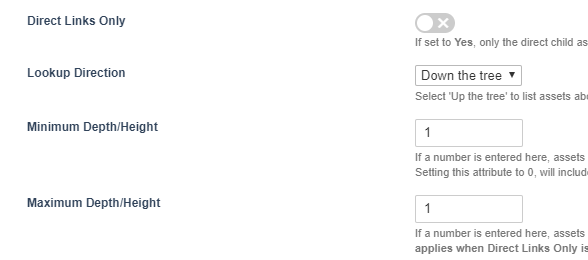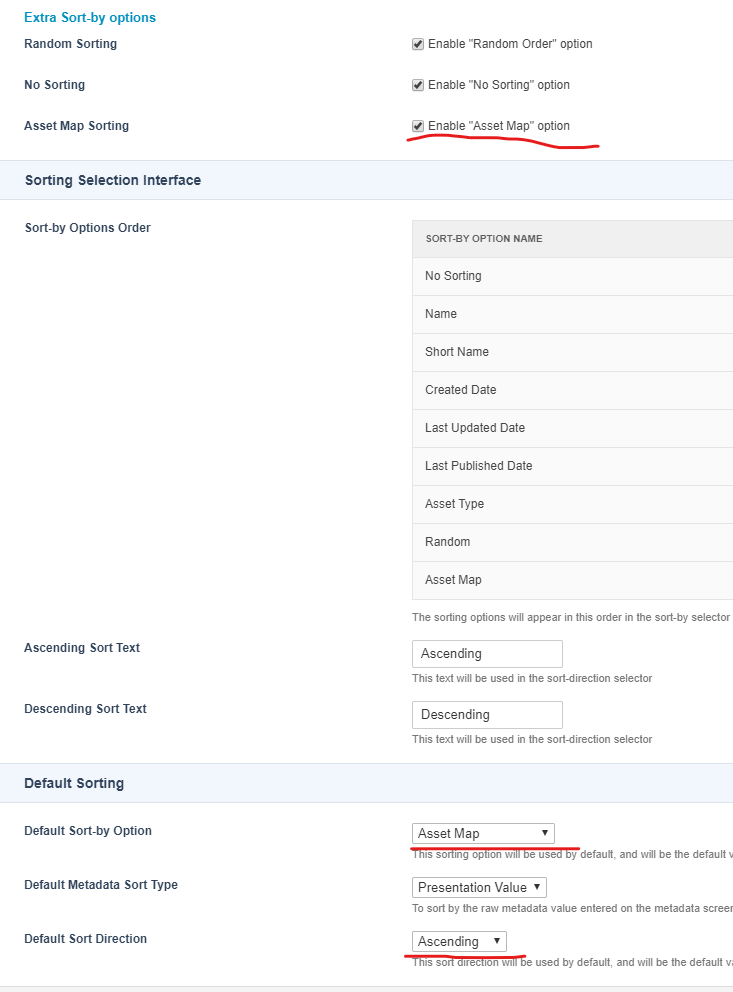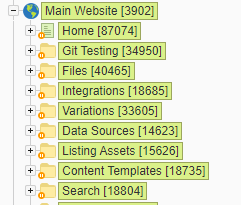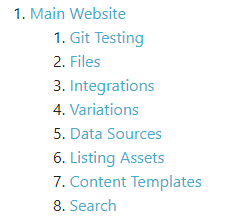Hi everyone,
hopefully this is a simple one!
I have an asset list, with Groupings set on folders.
How do I get the folders to appear in the list in the same order that they appear in the asset tree, rather than by asset name, asset id or any of the other sort by options? I'd like Edit+ authors to be able to create folders and move them around if necessary, so they can control the order of the folders and file assets that appear in the list.
I must be missing something simple, as I just can't figure it out!
Thansk!
Charlie.




